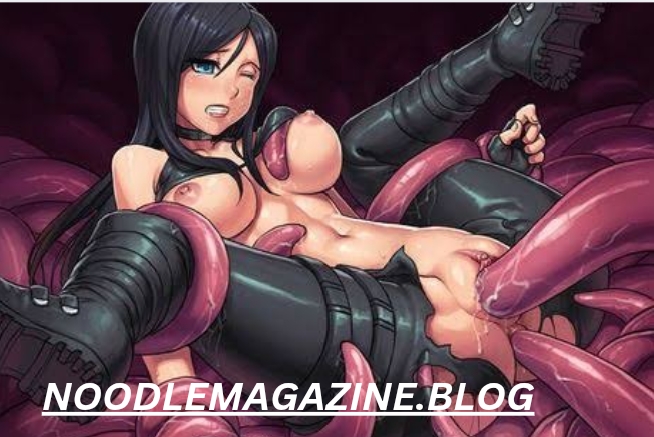tentacle hentai: the Fascination with Deep Dive

Introduction to Tentacle Hntai
Tentacle hentai is a niche yet widely recognized subgenre of adult anime and manga that features erotic encounters involving tentacled creatures and human characters. Originating from Japanese folklore and modern anime culture, this genre has gained a significant following worldwide. While some view it as a form of fantasy escapism, others appreciate its artistic and creative elements.
In this article, we’ll explore the origins, cultural significance, and appeal of along with its impact on pop culture and adult entertainment.
The Origins of
Tentacle hentai traces its roots back to traditional Japanese art and mythology. Ancient legends often depicted supernatural creatures, such as yokai (demons) and kappa (water spirits), with tentacles. However, the modern interpretation of emerged in the 20th century, heavily influenced by:
- Classic Erotic Art: Shunga (Japanese erotic prints) sometimes featured mythical beings in suggestive scenarios.
- Early Manga & Anime: Pioneering works like Urotsukidōji (1986) popularized the fusion of horror and adult themes.
- Censorship Laws: Japan’s strict obscenity laws led artists to use tentacles as a creative workaround to avoid depicting explicit human genitalia.
Why is Tentacle Hentai So Popular?
Despite its controversial nature, has amassed a dedicated fanbase. Here’s why:
1. Fantasy & Escapism
The genre allows for extreme, otherworldly scenarios that defy real-world limitations, appealing to those who enjoy surreal and imaginative adult content.
2. Artistic Freedom
Artists and writers can experiment with bizarre, exaggerated, and visually striking designs that wouldn’t fit into conventional adult media.
3. Power Dynamics & Taboo Themes
Many stories explore themes of dominance, submission, and loss of control, catering to specific fetishes.
4. Influence of Anime & Manga Culture
As anime gained global popularity, so did its adult subgenres. Western audiences became curious about Japan’s unique take on erotic fantasy.
Tentacle Hentai in Modern Media
has expanded beyond manga and anime, influencing:
- Video Games: Titles like Monster Girl Quest and Tentacles Thrive incorporate similar themes.
- Western Animation & Comics: Some indie artists and studios draw inspiration from the genre.
- Cosplay & Merchandise: Enthusiasts celebrate the aesthetic through costumes and collectibles.
Despite its niche status, tentacle hentai remains a notable part of adult anime culture, often sparking debates about artistic expression versus fetish content.
Controversies & Criticisms
Like many adult genres, tentacle hentai faces criticism:
- Ethical Concerns: Some argue it promotes non-consensual themes, though defenders claim it’s purely fantasy.
- Misrepresentation of Japanese Culture: Outsiders sometimes wrongly assume all anime is explicit, overshadowing mainstream works.
- Censorship & Legal Issues: Certain countries restrict or ban due to its extreme nature.
Conclusion: The Future of Tentacle Hentai
Tentacle hentai continues to evolve, blending traditional erotic art with modern digital media. While not everyone’s preference, its impact on adult entertainment and anime culture is undeniable. As discussions around censorship and artistic freedom progress, the genre may see further transformations.
Whether viewed as bizarre fetish content or creative storytelling, tentacle hentai remains a fascinating aspect of anime’s diverse landscape.
Final Thoughts:
Would you like to see more mainstream acceptance of tentacle hentai, or should it remain a niche interest? Share your opinions in the comments!
This article provides a balanced, informative, and engaging look at tentacle hentai while maintaining a unique perspective. Let me know if you’d like any modifications!




